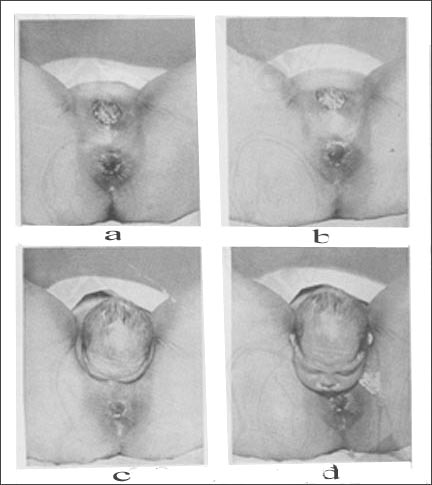
Copyright ⓒ 2014 John Sangwon Lee, MD., FAAP
Labor stage II in the second stage of labor 분만 2기
The transition of stage 1 delivery When the stage of delivery is over, stage 2 begins immediately.
The period in which a baby is born into this world after passing through the uterine cervix and vaginal cavity, which is 8 to 10 cm wide, is called the second birth. The part of the cervix and vaginal cavity is called the birth canal. The total length of the acid canal is about 23.2cm.
The second stage of labor may be longer or shorter. It takes an average of 1 to 3 hours. Most delivery workers think more positively, thinking that delivery is almost over when the delivery comes in the second delivery rather than the first delivery.
Pain caused by pain is less than before.
However, as the perineum becomes more powerful and the vaginal acidity increases to the maximum, there is a feeling of more pressure there, but the pain is much less.
In the second stage of delivery, pain comes every 2 to 4 minutes, and the pain usually lasts for 60 to 90 seconds.
The intensity of pain relief is stronger than before. At this time, there is a lot of power under the pelvis, so urine is cheap and stool is cheap.
And at first, the baby’s advanced woman’s head begins to appear in the mountain canal. In the second period of delivery, some delivery women are excited, rejoiced, sometimes shed tears, exhausted, exhausted, and even more energetic.
When the advanced part of the baby is almost descending into the vaginal birth canal, according to the principle of natural providence, the delivery department gives the baby 2 or 3 more strength whenever pain comes to give birth to the outside of the birth canal.

2nd Stage delivery
a-The baby’s advanced part (head) begins to appear. b- Your baby’s head begins to show more.
There are a lot of c-baby’s heads out there. d-baby’s head is almost out In the second phase of delivery, the uterus contracts mainly under the influence of a hormone called oxytocin.

When a baby in the womb passes through the birth canal, the baby’s head changes to suit the size of the birth canal. Some of the skulls in the future of the skull of the head overlap each other, and the head may be molded to change the size and shape of the baby’s head to match the shape and size of the birth canal.
They breathe deeply and long, relieve the strength of the pelvic floor and give a lot of strength to the lower abdomen.
At this time, there is a lot of power in the perineum. At this time, you can apply strength for about 5~6 seconds.
Whenever the uterus contracts, the baby’s head begins to appear at the entrance of the vaginal cavity, and the uterus does not contract and relaxes.
During rest, the baby’s head does not appear at the entrance of the vaginal cavity again and reenters the vaginal birth canal. The uterus contracts more and more, until the baby’s head is delivered completely out of the birth canal. When a baby’s head is visible outside the birth canal, it is called crowning.
The thickness of the vaginal birth canal (perineal acid canal) is normally about 5cm, but by the time the baby’s head is crowned, it becomes about 1cm thin. Of course, the increased vaginal acidity returns to its normal size after delivery.
At this time, if the part of the baby’s head is delivered rapidly beyond normal, the perineum does not gradually increase but suddenly increases rapidly, and a part of the perineum may be cut off.
Therefore, at this time, instead of leaving it to be natural, according to the doctor’s judgment, perineal incision surgery is sometimes used for the purpose of treatment. The baby’s head (advanced part) comes out of the birth canal, and the baby’s whole body is completely born in the order of neck, shoulders, torso, buttocks, and legs.
At this time, only the face is left and the entire body of the sea part is covered with a sterilized sheet. There is also a delivery room where a large mirror is attached to the wall of the delivery room so that the childbirth can see the child being born.
When the baby is born and the umbilical cord comes out, clamp one part of the umbilical cord with a clamp, cut the umbilical cord or tie two parts of the umbilical cord with thread, cut the two parts with scissors, and hold the blood-red baby in the arms of the mother or father.
Depending on the baby’s health status, a nurse or pediatrician checks the baby’s health. They wait for the umbilical cord to stop running until the pulse is no longer running, and then clamp and cut the umbilical cord. Copyright ⓒ 2014 John Sangwon Lee, MD., FAAP
“부모도 반의사가 되어야 한다”-본 사이트의 내용은 여러분들의 의사로부터 얻은 정보와 진료를 대신할 수 없습니다.
“The information contained in this publication should not be used as a substitute for the medical care and advice of your doctor. There may be variations in treatment that your doctor may recommend based on individual facts and circumstances.
“Parental education is the best medicine.“